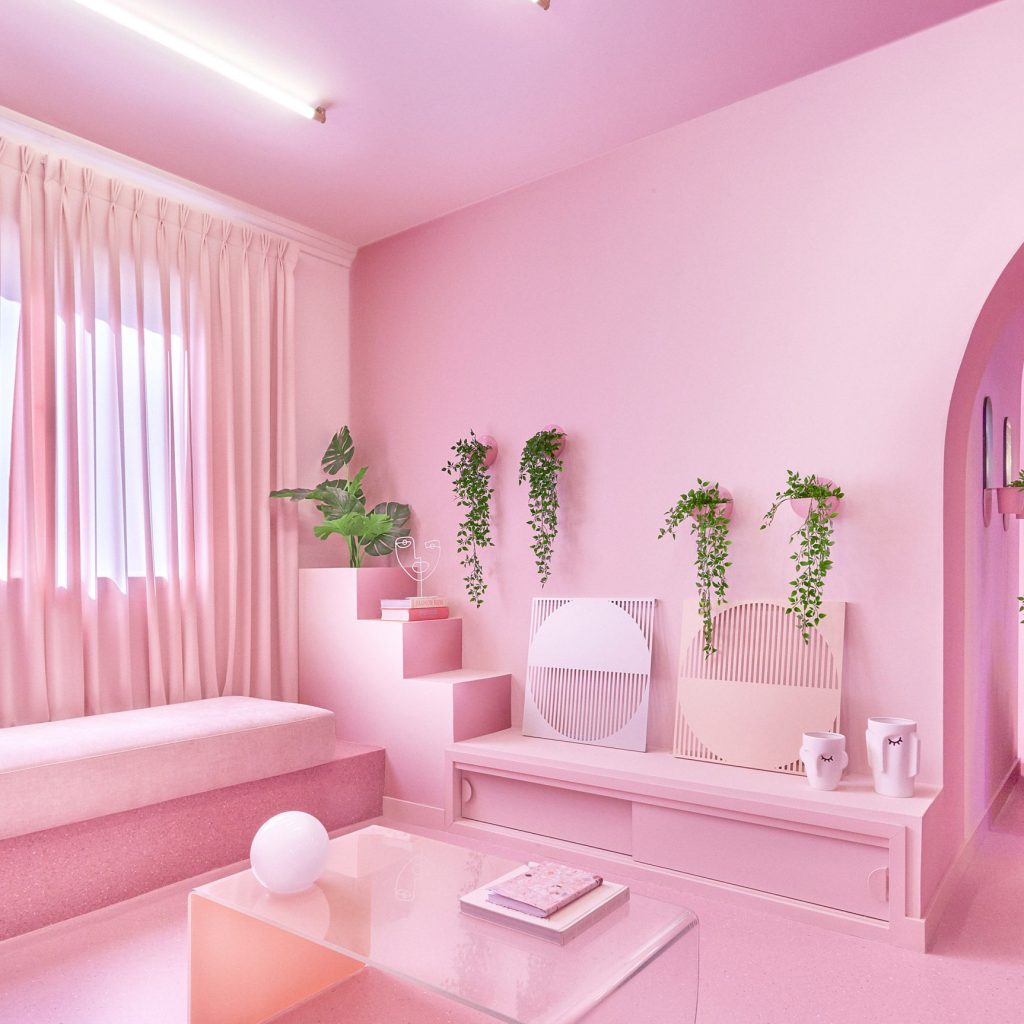
The Sensual Splendor of Art Nouveau Nude Art
Introduction
Art Nouveau emerged as an artistic movement that praised the beauty of nature and the human form. The movement was characterized by flowing lines, intricate designs, and an emphasis on decoration. Nude art was a prominent theme throughout the Art Nouveau period, and it was used to celebrate the beauty of the human body, as well as to express ideas such as sensuality, freedom, and liberation.
The Origins of Art Nouveau Nude Art
The Art Nouveau movement originated in Europe in the late 19th century. It was a reaction against the historical styles that dominated the art world at the time, such as neoclassicism and the Gothic Revival. Art Nouveau artists sought to break free from the past and create art that was modern, innovative, and expressive.
One of the key inspirations for Art Nouveau was the art of Japan, which had recently become accessible to Western audiences. Japanese art featured flowing lines, asymmetrical compositions, and an emphasis on nature, all of which were major influences on Art Nouveau. The style also drew from other sources, such as the curvaceous forms of the female body and the intricate patterns of Islamic art.
The Themes of Art Nouveau Nude Art
Art Nouveau nude art celebrated the beauty of the human form in a way that was sensual, erotic, and liberating. It was a departure from the rigid standards of beauty that had been imposed by traditional art, which often idealized a limited range of body types and restricted the portrayal of nudity to specific contexts.
One of the most popular themes of Art Nouveau nude art was the female form. Artists such as Gustav Klimt, Alphonse Mucha, and Aubrey Beardsley depicted women in flowing, organic shapes that emphasized their curves and sensuality. These images were often accompanied by abstract patterns and floral motifs that further emphasized the connection between the human form and nature.
Another important theme of Art Nouveau nude art was freedom and liberation. The movement emerged at a time when society was undergoing major changes, such as the rise of women’s suffrage movements and the loosening of sexual mores. Art Nouveau artists used nude art to express these ideas of freedom and liberation, often depicting nudes in outdoor, natural settings, or posing them in positions that suggested movement and fluidity.
The Techniques of Art Nouveau Nude Art
Art Nouveau nude art was distinguished by its use of intricate lines, flowing shapes, and elaborate patterns. Artists used a variety of techniques to achieve these effects, such as the use of sinuous, curving lines that suggested the movement of the human form, and the application of flat, decorative patterns that emphasized the surface of the canvas or paper.
One of the most distinctive techniques used in Art Nouveau nude art was the use of gold leaf and other metallic materials. Artists such as Klimt and Mucha used these materials to create complex, jewel-like surfaces that shimmered and glowed in the light. This technique helped to create a sense of luxuriousness and opulence that was central to the Art Nouveau aesthetic.
The Legacy of Art Nouveau Nude Art
Although the Art Nouveau period was relatively short-lived, its influence can still be felt in art and design today. The movement paved the way for other Modernist styles, such as Art Deco and Bauhaus, and it helped to break down traditional barriers and limitations in the artistic representation of the human form.
Art Nouveau nude art, in particular, remains a powerful and enduring legacy of the movement. It is a celebration of the beauty of the human form, and an expression of sensuality, freedom, and liberation. Its influence can be seen in everything from contemporary fashion photography to advertising, and it continues to inspire new generations of artists and designers today.



